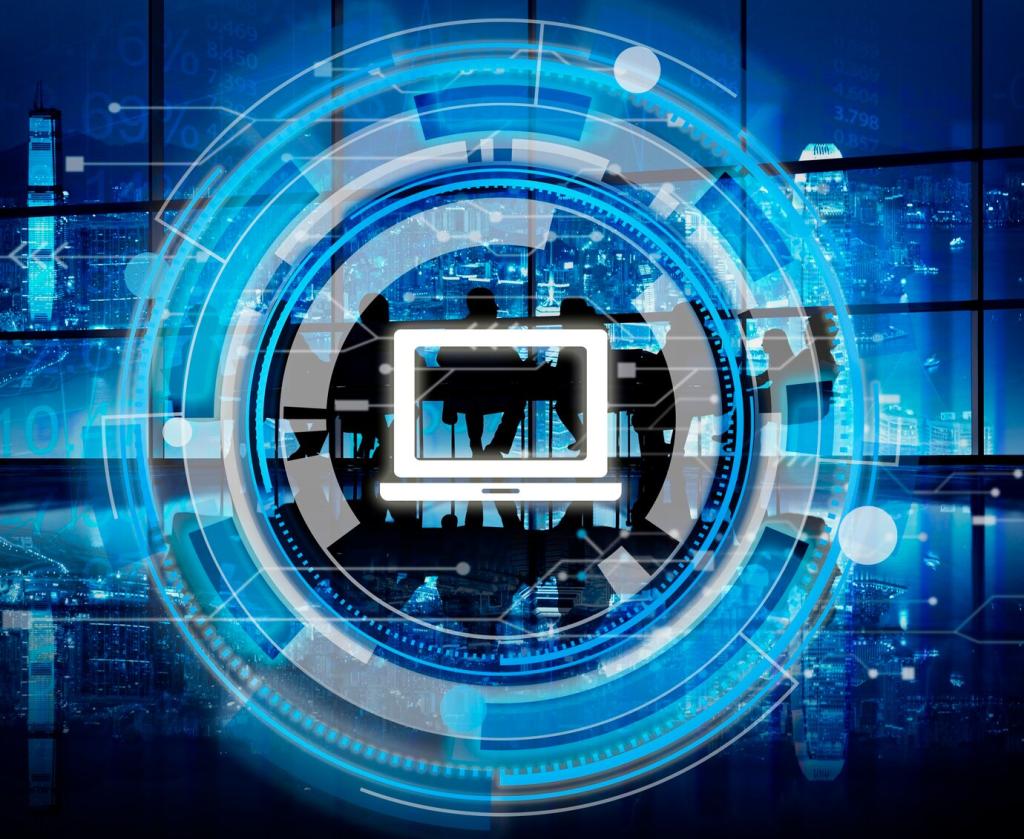Once limited to tech enthusiasts and early adopters, smart home devices have transitioned from quirky novelties to essential components of modern living. These connected technologies now shape the way we interact with our homes, delivering convenience, efficiency, and peace of mind. As the capabilities of smart home devices expand, more households are embracing innovations that simplify daily life and set new standards for comfort and security.
When smart home devices first appeared on the market, they captured imaginations with possibilities far ahead of their time. Products like automated lighting systems, basic security cameras, and programmable thermostats were considered curiosities, largely due to their high cost and complex installation requirements. Many early devices were plagued by connectivity issues and offered limited interoperability, making them more of a novelty than a necessity. Despite these barriers, initial adopters saw the potential for these technologies to reshape the home environment, sparking a gradual shift in attitudes toward connected living.

Why Smart Home Devices Became Indispensable
Enhanced Convenience and Daily Efficiency
Modern smart home devices automate many daily tasks, making households more efficient and freeing up time for occupants. Voice-activated assistants, programmable lighting, and intelligent climate control systems simplify routines with minimal effort. This convenience extends to remotely managing appliances or monitoring security systems from anywhere, transforming home management from a hands-on activity into one supported by seamless automation. With so many devices working together, daily chores are reduced and life becomes more manageable.
Boosting Home Security and Peace of Mind
Security has emerged as a major motivator driving the widespread integration of smart home technologies. Real-time camera feeds, automated locks, and motion detectors provide constant vigilance, helping to safeguard loved ones and property. The ability to receive instant alerts, lock doors remotely, and monitor entry points from a smartphone empowers homeowners to take proactive steps in protecting their home. This heightened peace of mind is a key factor in why smart devices are now viewed as essential for many families.
Energy Efficiency and Sustainability Gains
Smart home devices also play a crucial role in promoting energy conservation and environmental sustainability. Intelligent thermostats optimize heating and cooling, while smart appliances and lighting systems reduce unnecessary power consumption. By tailoring energy usage to occupancy and real-time needs, these devices help lower utility bills and minimize the household’s carbon footprint. The drive for more sustainable living is pushing smart technologies into the spotlight as practical tools for building a greener future.
The Integration of Artificial Intelligence and IoT
AI-Powered Personalization
AI technologies enable smart home systems to learn from users’ behaviors and preferences over time. For example, an AI-enabled thermostat remembers occupancy patterns and adjusts temperatures for optimum comfort and savings. Similarly, smart speakers learn which kinds of music or news users prefer at certain times of day. These personalized experiences elevate the utility of smart devices, making them feel more indispensable and tailored to individual lifestyles.
Seamless Device Communication Through IoT
The Internet of Things connects various smart devices throughout the home, fostering real-time communication and coordination. Devices such as security sensors, lights, and appliances can now interact seamlessly, resulting in unified control. For example, when a person leaves the home, lights can automatically turn off, the alarm arms, and the thermostat adjusts accordingly. This interconnectivity makes home management more fluid and efficient, contributing to the transformation from isolated gadgets to system-wide necessities.
Proactive Problem Solving and Maintenance
With embedded AI and IoT capabilities, smart devices are not just reactive—they can also anticipate and prevent issues before they arise. Smart appliances may alert users to maintenance needs, flagging a water leak before damage occurs, or reminding homeowners to replace air filters. By taking a proactive approach to household management, these systems add immense value, keeping the home safer, more efficient, and hassle-free.
